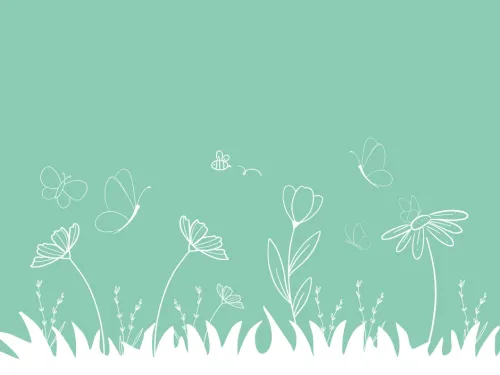
Wild your garden
In this action resource page, find out how to 'wild' your garden, from creating a dead hedge to managing invasive plants.
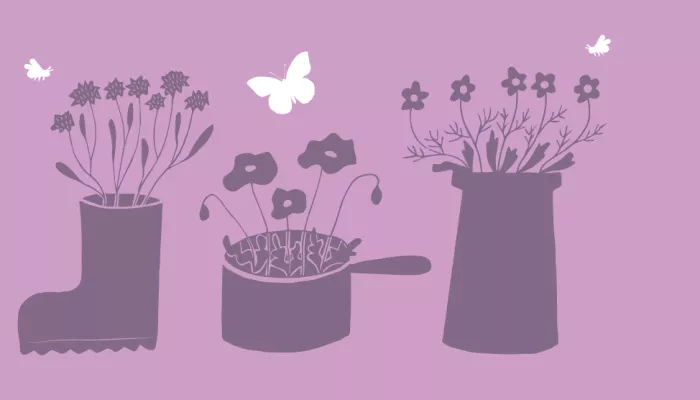
Pots and containers are a great way of introducing wildlife features onto patios, or outside the front door. They are also perfect for small gardens or spaces like window ledges or roofs. Herbs, in particular, make good container plants and attract lots of wildlife.
Sow your own mini wildflower meadow in a windowbox, line a pot with plastic to make a potted pond or use walls to create vertical herb displays.
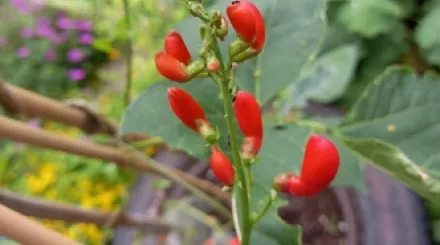
Runner beans growing in a old tyre. Eden Jackson
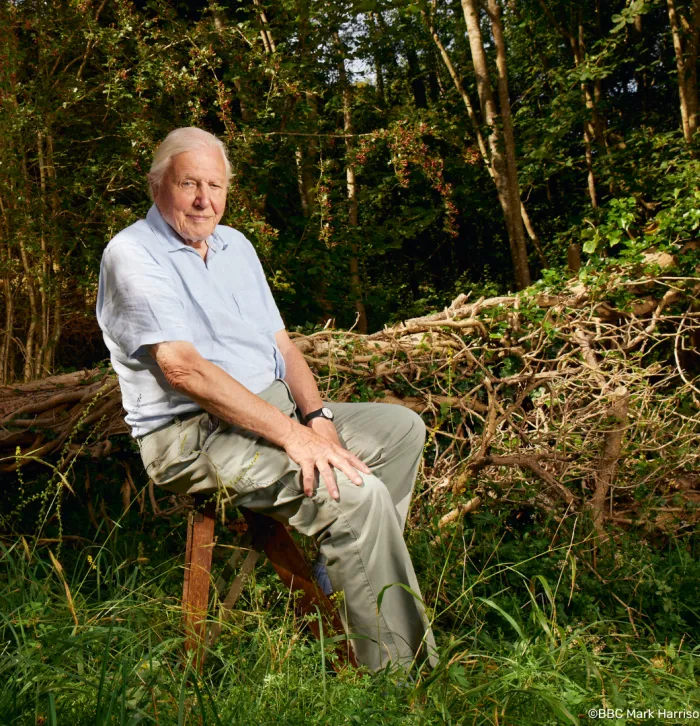

In this action resource page, find out how to 'wild' your garden, from creating a dead hedge to managing invasive plants.
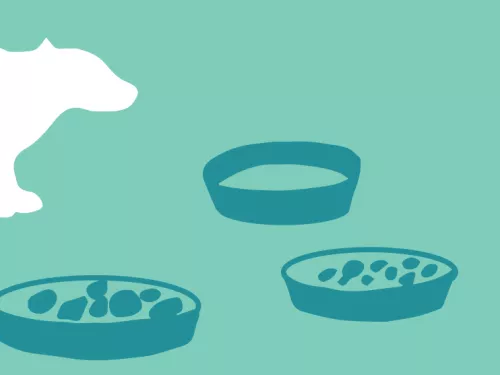
Putting out a bit of food can help see mammals like hedgehogs through colder spells.

Some cosmetics, soaps, washing-up liquids and cleaning products can be harmful to wildlife with long-lasting effects.
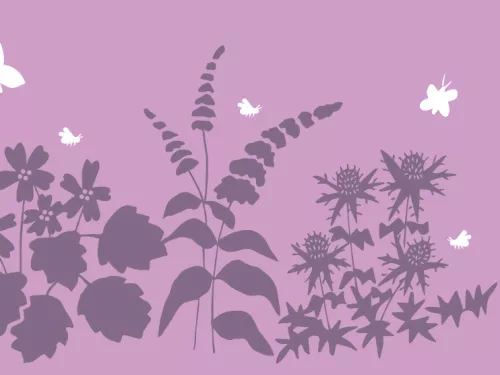
Set up a ‘nectar café’ by planting flowers for pollinating insects like bees and butterflies

On this page you'll find useful information on how to take environmental action from home and in your community
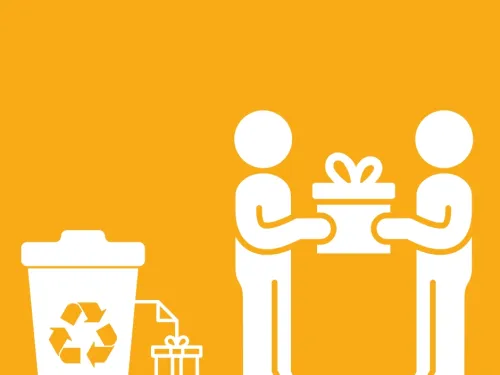
In this action resource page, learn easy ways to live more sustainably and support wildlife from home.